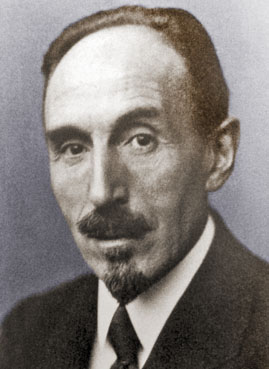
Nominee: Herman H. ter Meer
Date of birth: December 16, 1871
Date of death: March 9, 1934
Place of birth: Leiden, Netherlands
Burial place: Südfriedhof Cemetery, Cologne, Germany
Herman H. ter Meer, Dutch taxidermist, was born December 16, 1871 in Leiden, Netherlands. He died March 9, 1934 in Leipzig, Germany and is buried in the Sudfriedhof cemetery. He is often referred to as the “European Akeley” by European taxidermists because, even though Carl E. Akeley was some years older, Herman developed his own technique for making manikins and was a pioneer of modern dermoplasty.
By using a mixture of plaster, glue, and turf, he was able to make a manikin which could be sculpted as it slowly hardened. For bases, he used wood and wireframes which he covered with a layer of plaster-rag, much like the burlap and plaster strips used in museums in the United States at that time. Christoph Meier, who was a young trainee in the late 1970’s said there were quite a number of “old taxidermy-cracs” in Europe who said that ter Meer’s technique was better than Akeley’s. This was mainly because their opinions were such that “you must do the hard work of a sculptor with material which is stable”.
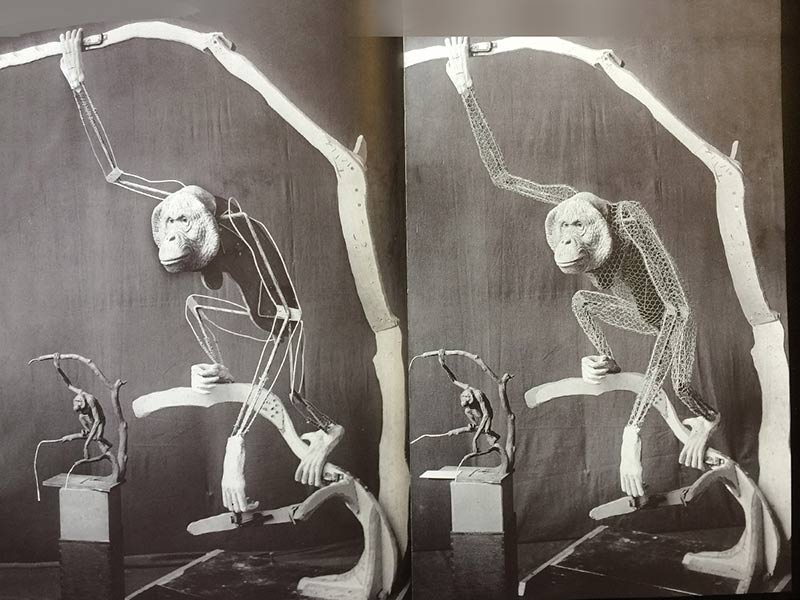
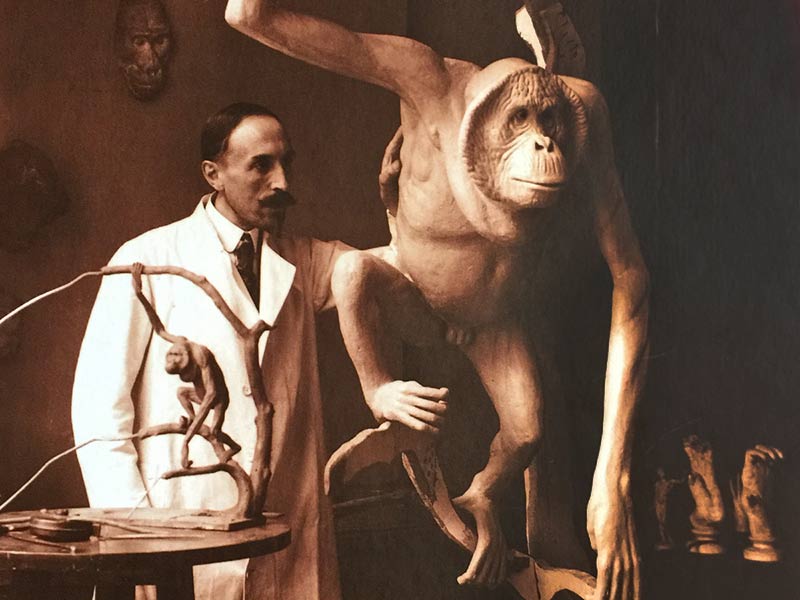
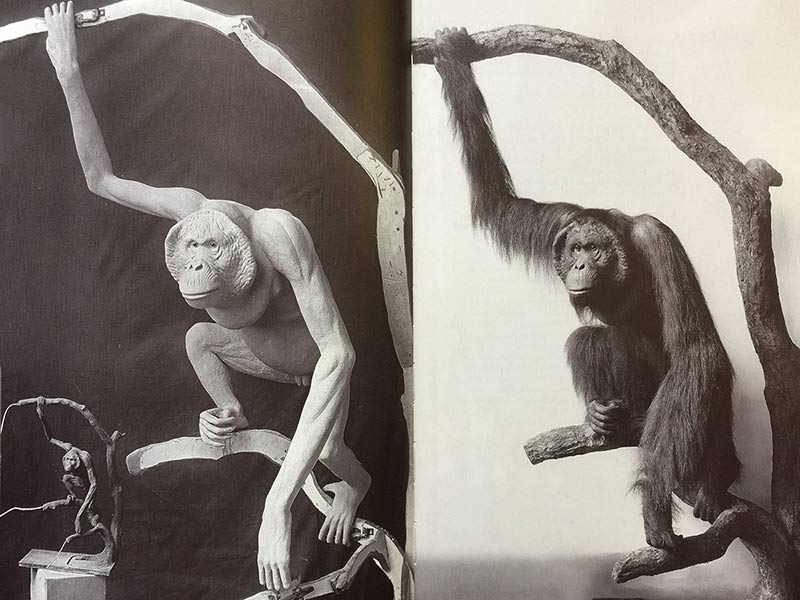
Year after year, the ter Meer technique was used less and less for one reason or another, nevertheless, Herman was there in Europe. He always claimed that a taxidermist is an artist and not the same as “a small bird and mammal stuffer”. On February 1, 1895, Herman was employed at the Reich Museum of Natural History in Leiden as a taxidermist, where at that time, his father, Hermanus Hendrikus was the animal preparator. After his father retired in 1900, Herman continued to develop preparation methods, which included teaching important field care of the specimens. Not being happy with his working conditions, in 1907 he accepted an offer to work at the Zoological Institute of the University of Leipzig.
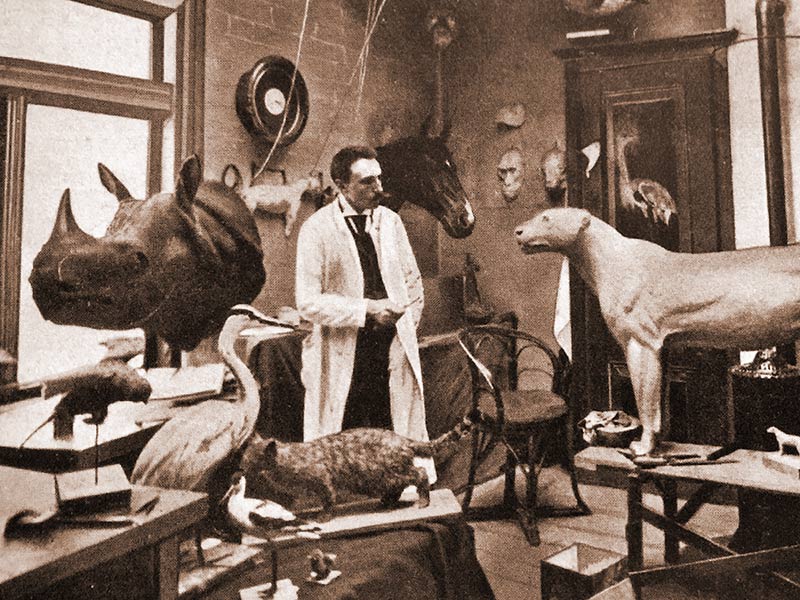
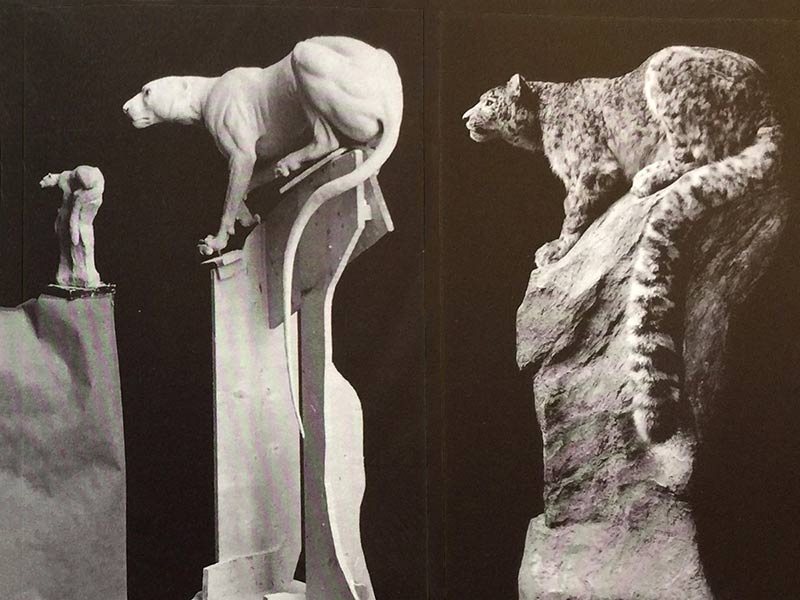
Ter Meer found joy working on new projects which included deep sea animals collected from the Valdivia Expedition in 1899. He always emphasized the importance of life-like realism in his work achieved from anatomical accuracy, and improved techniques which expressed the artful spirit of the specimen. As a result of these personal feelings, in 1931 he founded the special association called DEUKEMUS, with sculpting, artist taxidermists as members. The Association of German Taxidermists (VDP) continues today as a result of Herman H. ter Meer’s professional organization of museum dermoplastikers.
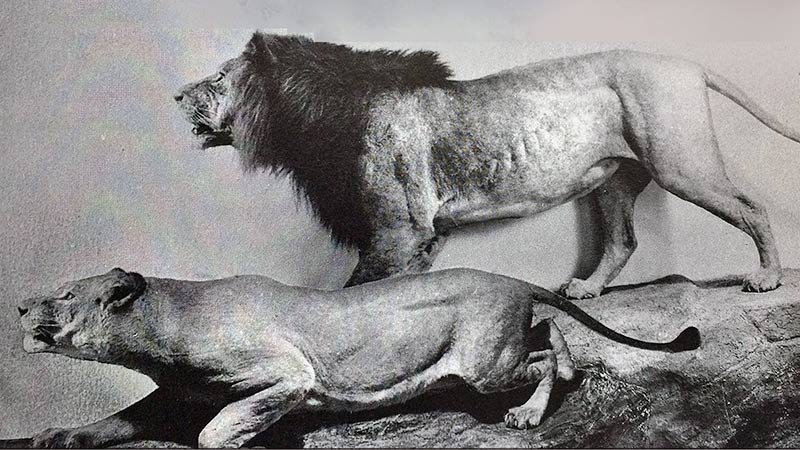
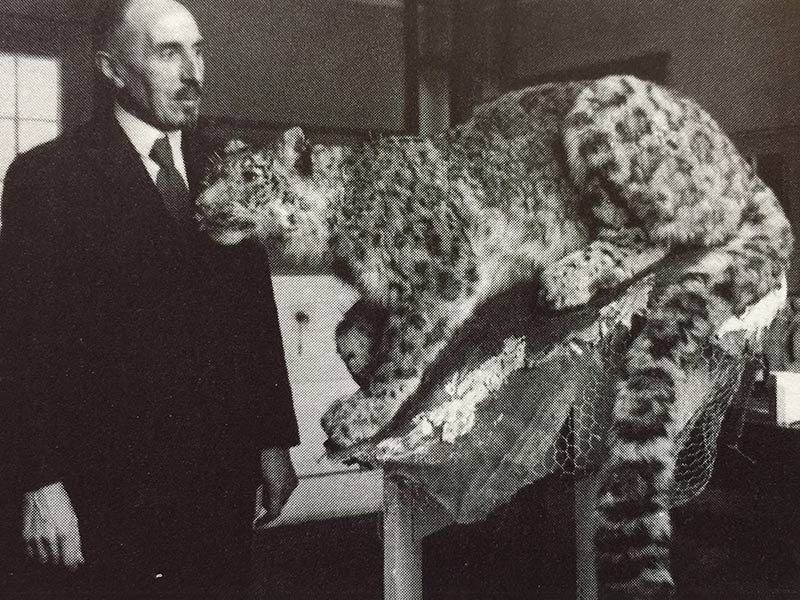

Induction
On July 24, 2021, Herman H. ter Meer was officially inducted into the Taxidermy Hall of Fame by THOF Board Member Ken Edwards of Georgia during the 2021 National Taxidermists Association’s awards banquet.

